The first new botanical gardens to be created in the UK in almost 200 years is celebrating its 25th birthday
The National Botanic Garden of Wales helped put Carmarthenshire on the map and its Great Glasshouse, designed by modernist architect Sir Norman Foster, was once the largest single-span glasshouse in the world.


This week marks the 25th anniversary of the National Botanic Garden of Wales (NBGW). Renowned for its dramatic hillside setting and the vast domed glasshouse at its heart, the NBGW in Carmarthenshire ushered in the new millennium, opening its doors for the first time on May 24, 2000. The first new botanical gardens to be created in the UK in almost 200 years, the institution offered a diverse range of garden environments, extensive educational facilities and, as a destination garden, brought a fresh wave of tourism to Carmarthenshire. Across the last quarter of a century, its vital contribution to botanical science and conservation has only expanded.
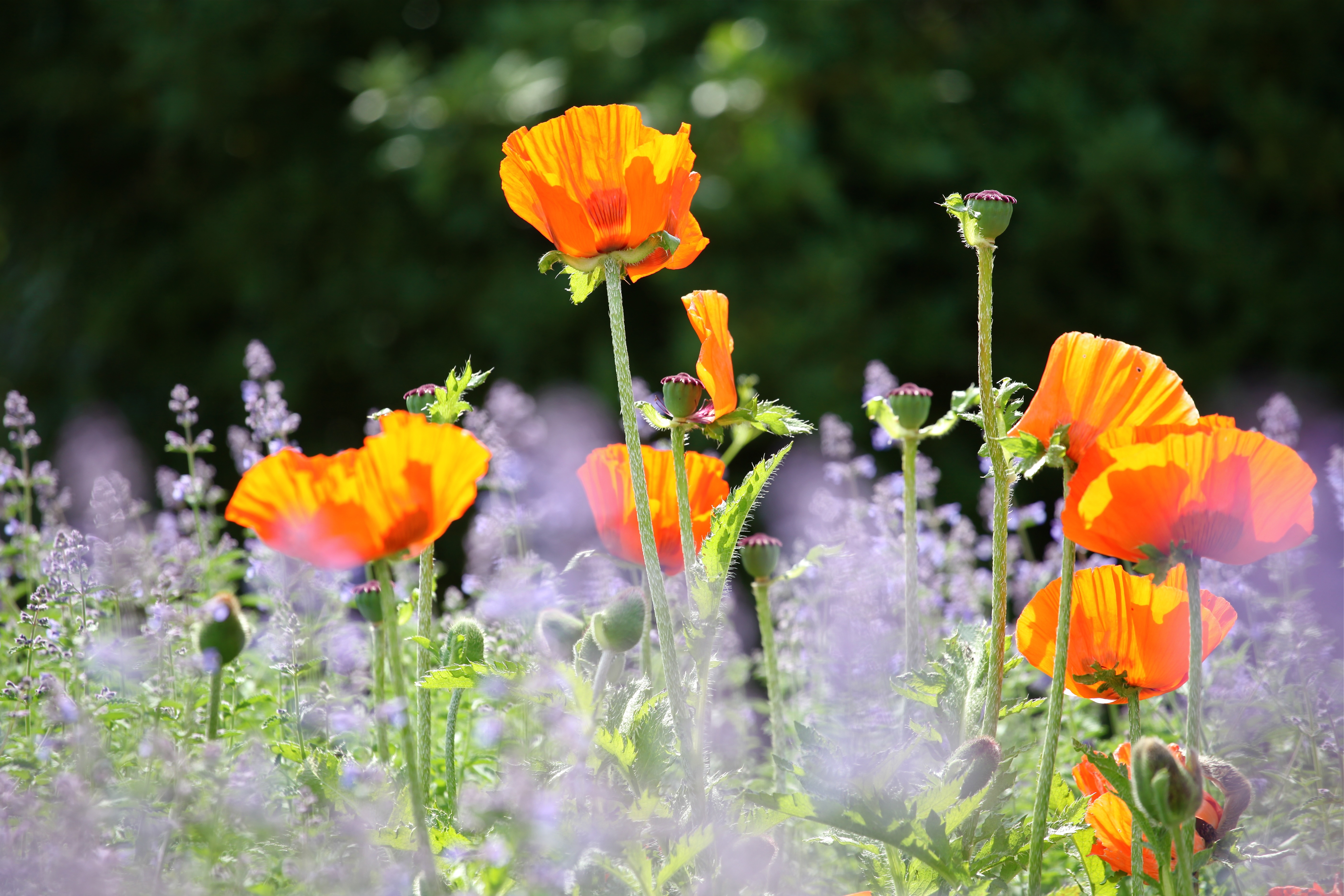
Situated between the market towns of Carmarthen and Llandeilo, overlooking the lush, ever-green Tywi Valley, the NBGW occupies the landscape of the former Middleton Estate, once owned by Sir William Paxton, a key figure of the East India Company. Ornamented considerably by Paxton in the late 18th century, with a lake-land water park, walled garden, a neo-classical mansion — Middleton House — and a folly, the 500-acre property had fallen into disrepair by the early 20th century, the mansion all but razed by a catastrophic fire in 1931.
It’s historic bones, however, offered the ideal setting for a contemporary venture — a vision for Wales’s first botanic gardens, spearheaded by artist William Wilkins under the guidance of the Welsh Historic Gardens Trust.
Securing funding from the Millennium Commission, which facilitated other large scale enterprises to commemorate the Millennium including Cardiff’s Principality Stadium and the Eden Project in Cornwall, the initiative saw Paxton’s private playground converted into a future-facing, publicly-accessible centre of botanical science and education. It provided ample room for expansive plant collections and an arboretum; for Japanese, kitchen, bog and boulder gardens, and a channel of deep borders accommodating interwoven perennial displays.
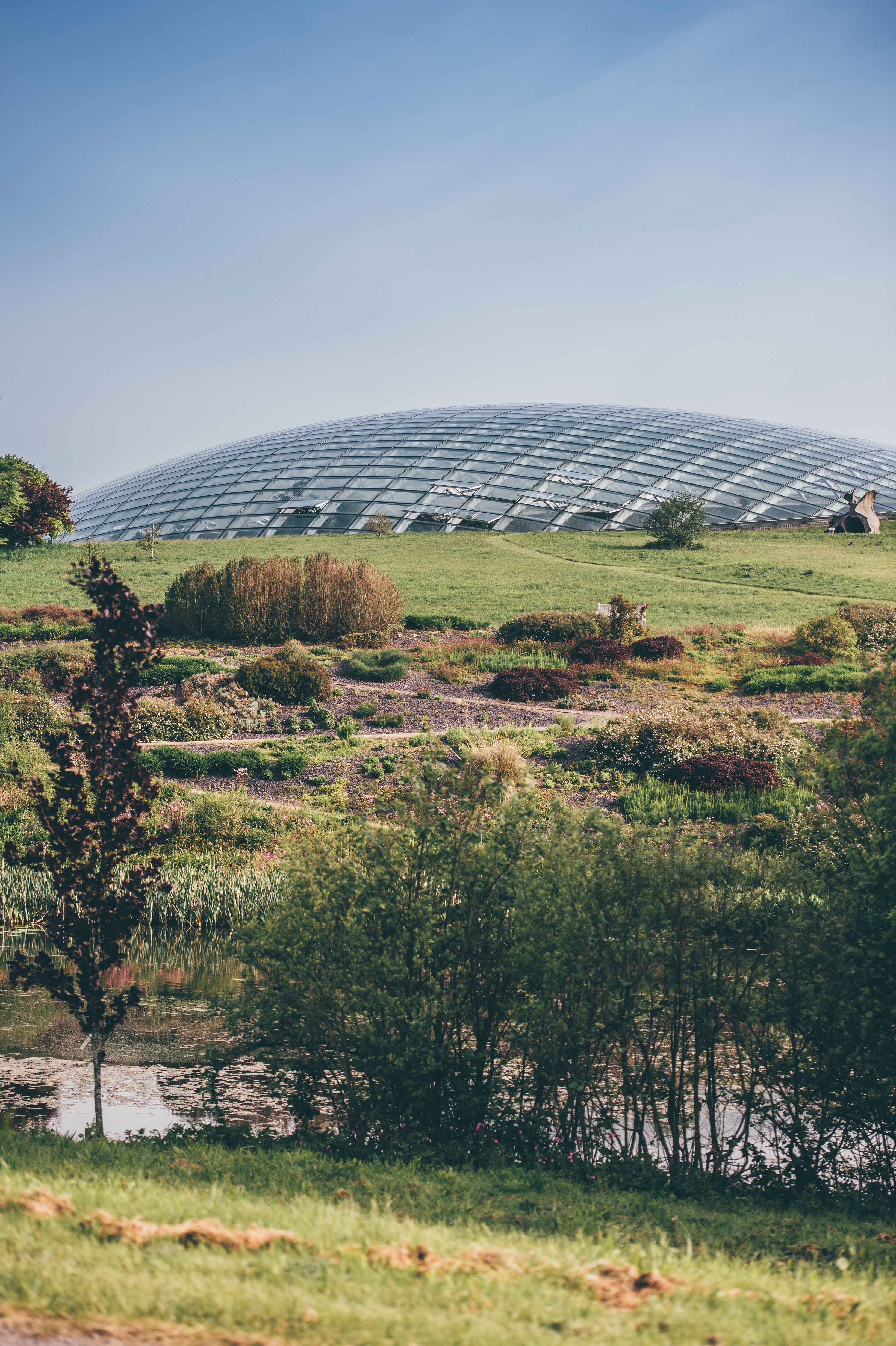
Attractive renovations saw the estate’s former stable block converted into a welcoming cafe and shop, and the former walled garden — a rare example of a dual-skinned configuration, with an insulating outer and inner wall — fully restored, with curated plantings telling the 150 million-year story of botanic evolution.
The Great Glasshouse, meanwhile, designed by modernist architect Sir Norman Foster, was something truly groundbreaking at its unveiling, and was at the time the largest single-span glasshouse in the world. Over the years it has garnered international recognition as an immersive botanical reserve, progressive in its sustainable approach to rainwater collection, biomass heating and optimised energy usage. An architectural response to its surrounding undulated landscape, the glasshouse’s 3,500 square metres of terraced slopes, graveled scree and winding pathways tours visitors through eco-regions right across the world, housing weird, wonderful, endemic and often endangered flora from Australia and South Africa to the Mediterranean and Canary Isles. Needless to say, the glasshouse is the garden’s great focal point and publicity draw.
From a personal perspective, the NBGW is one of the few major institutions I have had the pleasure of witnessing evolve from seed to fruit. Located just a little distance ‘up valley’ from my family home, I can remember touring its construction site as a young teenager, boots and hard hat-clad, peering down at newly laid foundations. My grandmother was among the early volunteer gardeners installing plants along its snaking borders. A decade later, after an affection for the natural world inclined me towards a career in gardening, I volunteered for a time in the same evolving borders, learning from the garden’s inspiring ornamentals team how to divide and multiply perennials, prune roses and dig out rogues. Enthralled with the place, I took up a course in practical horticulture, and spent hours amongst the phenomenal walled, kitchen and mediterranean plantings, getting to grips with botanical nomenclature. I now reflect on that time as the genesis of my own horticultural journey, and remember with huge fondness the rural cycle ride I used to take up to the garden, along thickly forested stretches of the former Paxton estate, stopping every so often to identify a leaf, bud or branch.
Exquisite houses, the beauty of Nature, and how to get the most from your life, straight to your inbox.

Since then, I have followed the NBGW’s ongoing development and fascinating trajectory, visiting the garden often, usually with my green-fingered mother, and more recently with my own small children in tow. In that time, restorations have continued within the landscape of the original estate, connecting its wilder fringes with the main body of the garden. The tract of woodland I used to cycle beside has been rejuvenated with trails and bridges, and Paxton’s waterfalls and ponds rehabilitated, intended to bolster biodiversity. Other initiatives include the innovative collating of Welsh flora DNA, which made Wales the first country in the world to DNA barcode all its native flowering plants and conifer species — a process since replicated in countries across the world. 2018 saw the addition of the British Bird of Prey Centre within the garden, getting visitors up close and personal with the UK’s native raptor species, fostering a greater appreciation for their ongoing protection. As for its younger patrons, my two boys are big fans of the Gruffalo Trail, zip-wire playground, steamy tropical house and winding water runnel, and the increasing number of drop-in family events on offer across the seasons.
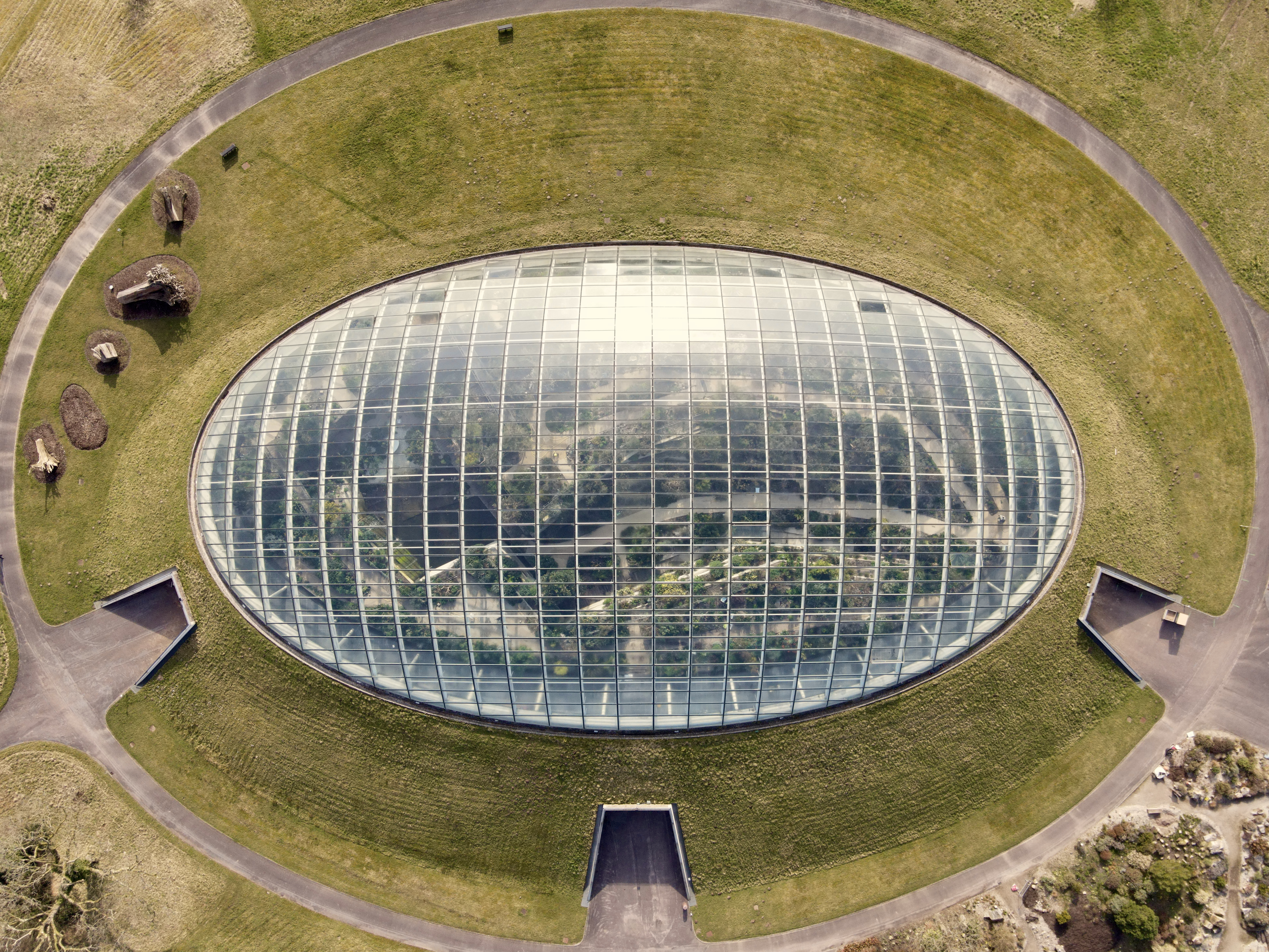
Bold ambitions for the Garden’s future continue to be set, however, with education front and centre. Speaking with NBGW director Dr Lucy Sutherland this week, who has been in post since Autumn 2022, I heard more about their goal to introduce younger audiences to the garden and its learning programme, which more than 11,000 school children take part in annually, already. ‘We aspire to engage all children across Wales with the garden, with plants and with nature’, Sutherland told me. ‘What’s special about us is that our education programme is all based on evidence-based science, and that science is created here. Our scientists work with our educators and translate their real-world research into engaging learning activities. Not every child in Wales is going to be able to come here during their schooling, so our innovative outreach programme will travel to more remote areas of Wales and go into schools. We want to be able to support teachers with teaching around biodiversity and nature, and how, particularly in Wales, that links to culture and heritage’.
Meanwhile, focusing evermore on safeguarding Welsh flora, the NBGW hopes to implement a living native plant collection, taking visitors on a botanical journey through the country’s diverse habitats, from coastal cliffs to mountainsides, addressing concerns of habitat loss and plant extinction. ‘Across the UK, flora is trending backwards’, Sutherland explained. ‘The State of Nature report is telling us of risks to our plant diversity, and there are about 58 endemic species in Wales that don’t occur anywhere else in the world. Our safeguarding work is about going out and collecting wild-provenance seed, researching it so that we know how to grow that seed, and then working with partners to recover species in the natural environment. We also want to develop a bigger living collection in the garden, so that we can connect people with stories about Welsh culture and heritage’.
Above all else, the garden is astoundingly beautiful, from the zinging euphorbias and rockroses of the boulder garden to the leafy tranquility of the Japanese garden, shrub beds and whitebeam grove. A quality often overlooked amidst the formality typical of botanic gardens — it remains one of Wales’ top tourist attractions for good reason. To mark the Garden’s momentous anniversary it has scheduled a programme of engaging events this summer, including the biodiversity-promoting 'BioBlitz Festival' in July, as well as a series of exhibitions, workshops and performances. So, here’s to the garden’s next 25 years!
Matt is an award winning garden, landscape and travel writer, and Head Gardener at the Garden Museum in London. He has contributed articles and essays for publications including The Guardian, The Times, The Telegraph, Gardens Illustrated, Lonely Planet and Wallpaper magazine. Matt’s interests lie at the intersection between cultivated and natural environments; his 2019 book, Forest, Walking Among Trees (Pavilion) traces an intercontinental pathway between British trees and their wild-wooded counterparts.
-
 Child stars, Prince and nursery rhymes: It's the Country Life Quiz of the Day, December 5, 2025
Child stars, Prince and nursery rhymes: It's the Country Life Quiz of the Day, December 5, 2025It's all in today's quiz.
-
 ‘Calf’s brains have a bland, gentle richness that soothes and cossets': Tom Parker Bowles on the joys of eating offal
‘Calf’s brains have a bland, gentle richness that soothes and cossets': Tom Parker Bowles on the joys of eating offalEating offal it is more sinned against than sinning, but it offers the ultimate in magnificent, fully immersive eating.
-
 What trees taught me about perfect planting — Alan Titchmarsh
What trees taught me about perfect planting — Alan TitchmarshSense and patience is key to growing healthy trees, as a certain Mr Mackenzie showed a young Alan Titchmarsh
-
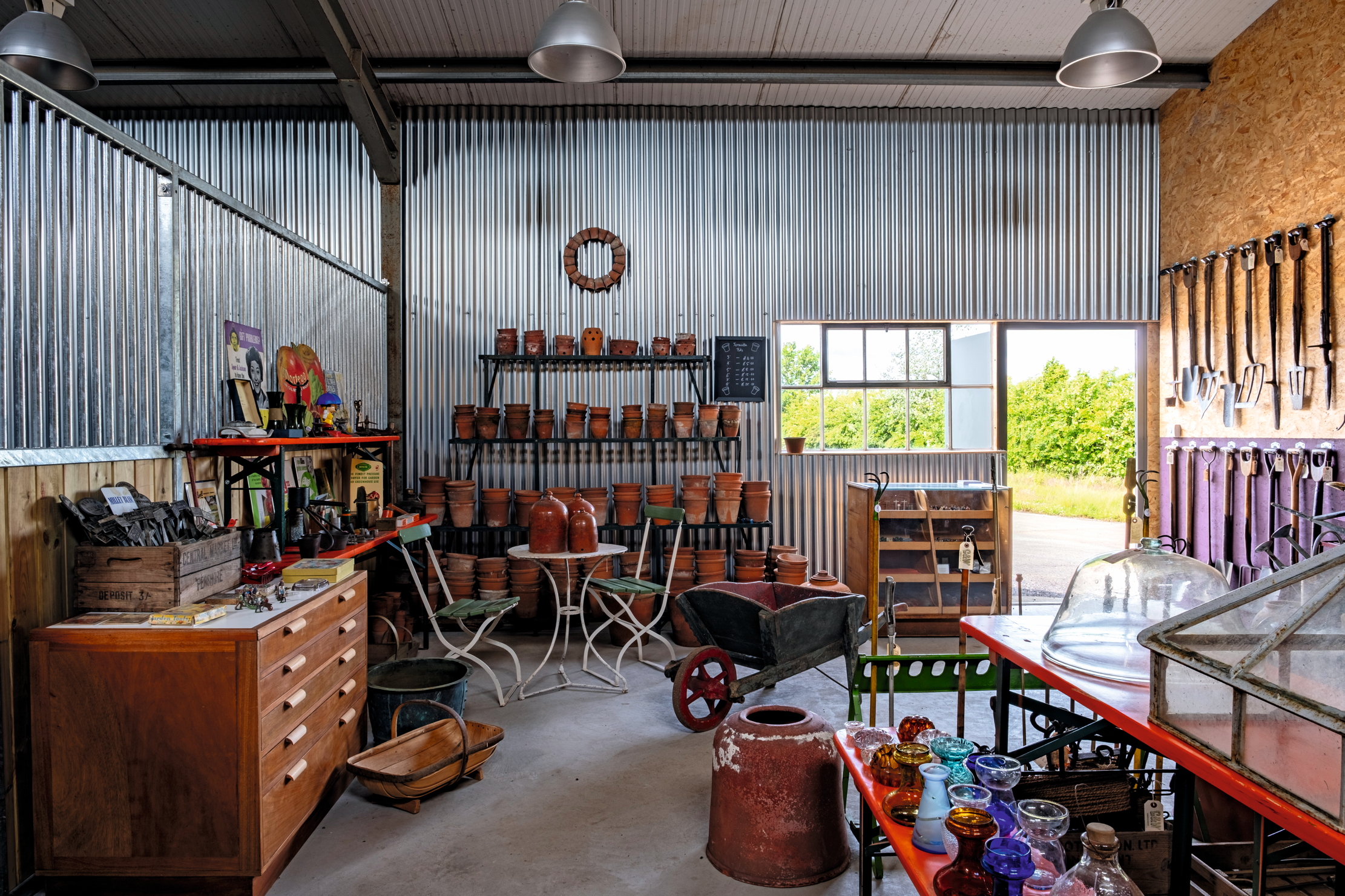 When it comes to making the perfect garden tool, the past has all the answers
When it comes to making the perfect garden tool, the past has all the answersMary Keen visits Garden & Wood, the mecca for dedicated gardeners who prefer using tools made in the 1940s
-
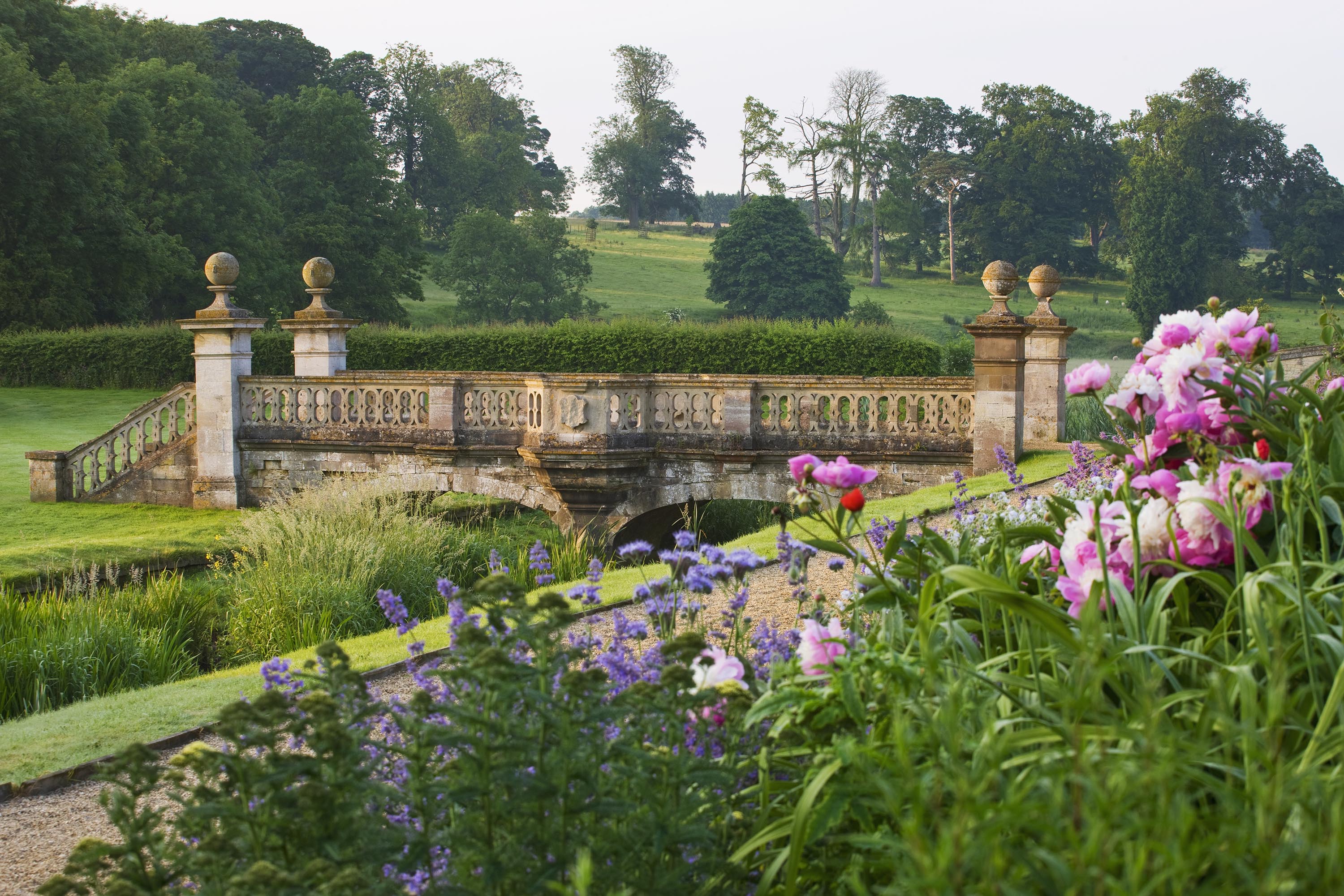 'A dream of Nirvana... almost too good to be true': The sweet peas of Easton Walled Gardens, and how you can replicate their success at home
'A dream of Nirvana... almost too good to be true': The sweet peas of Easton Walled Gardens, and how you can replicate their success at homeUrsula Cholmeley, who has spent 25 years restoring Easton Walled Gardens, recommends sowing sweet peas now for stronger plants that will better withstand the weather.
-
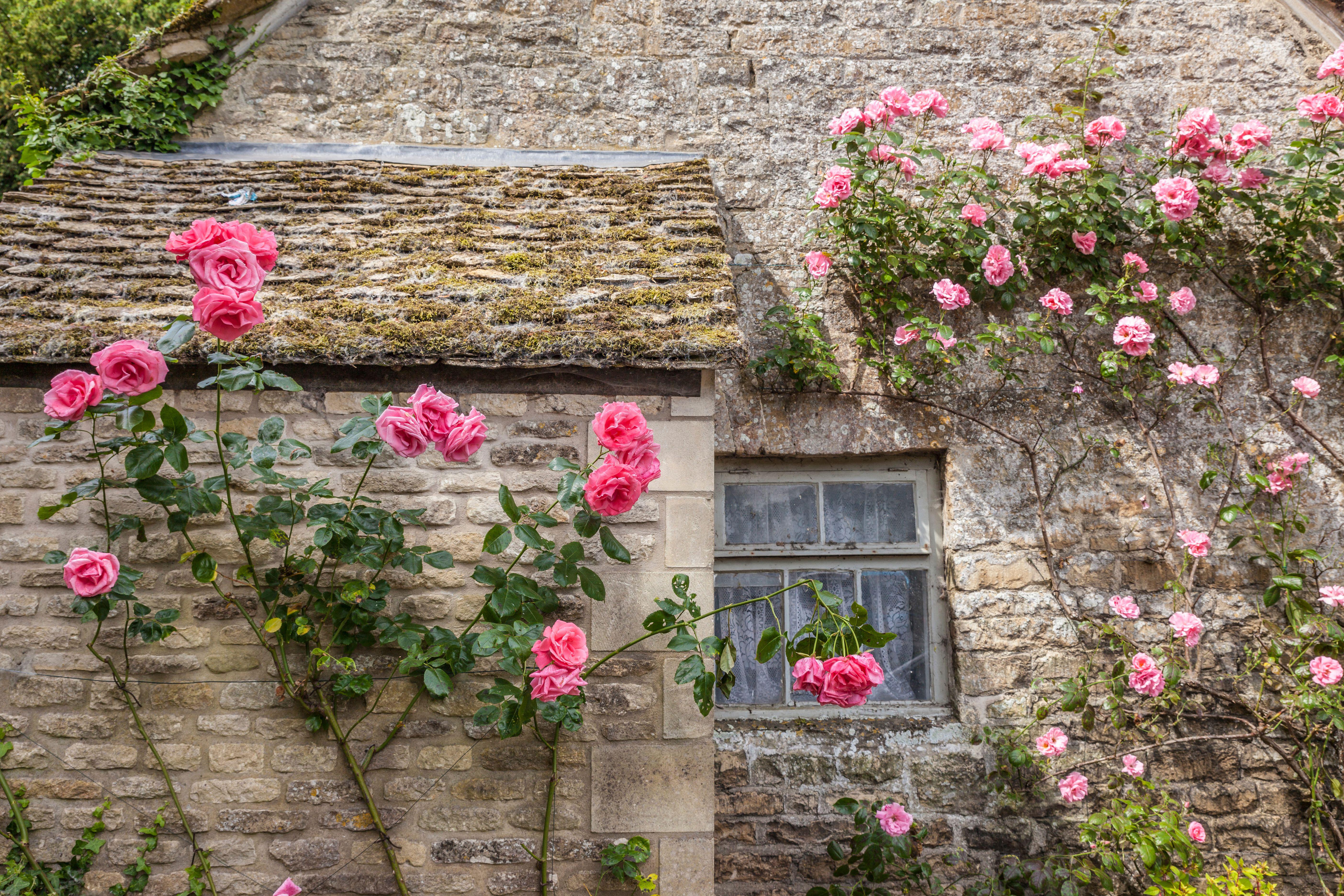 How to choose the perfect rose this bare root season
How to choose the perfect rose this bare root seasonLooks can be deceiving: bare root roses are hardier and more sustainable than potted ones, says Tabi Jackson Gee, who moved to a cottage in Wiltshire and went about finding the perfect plant. You just need patience.
-
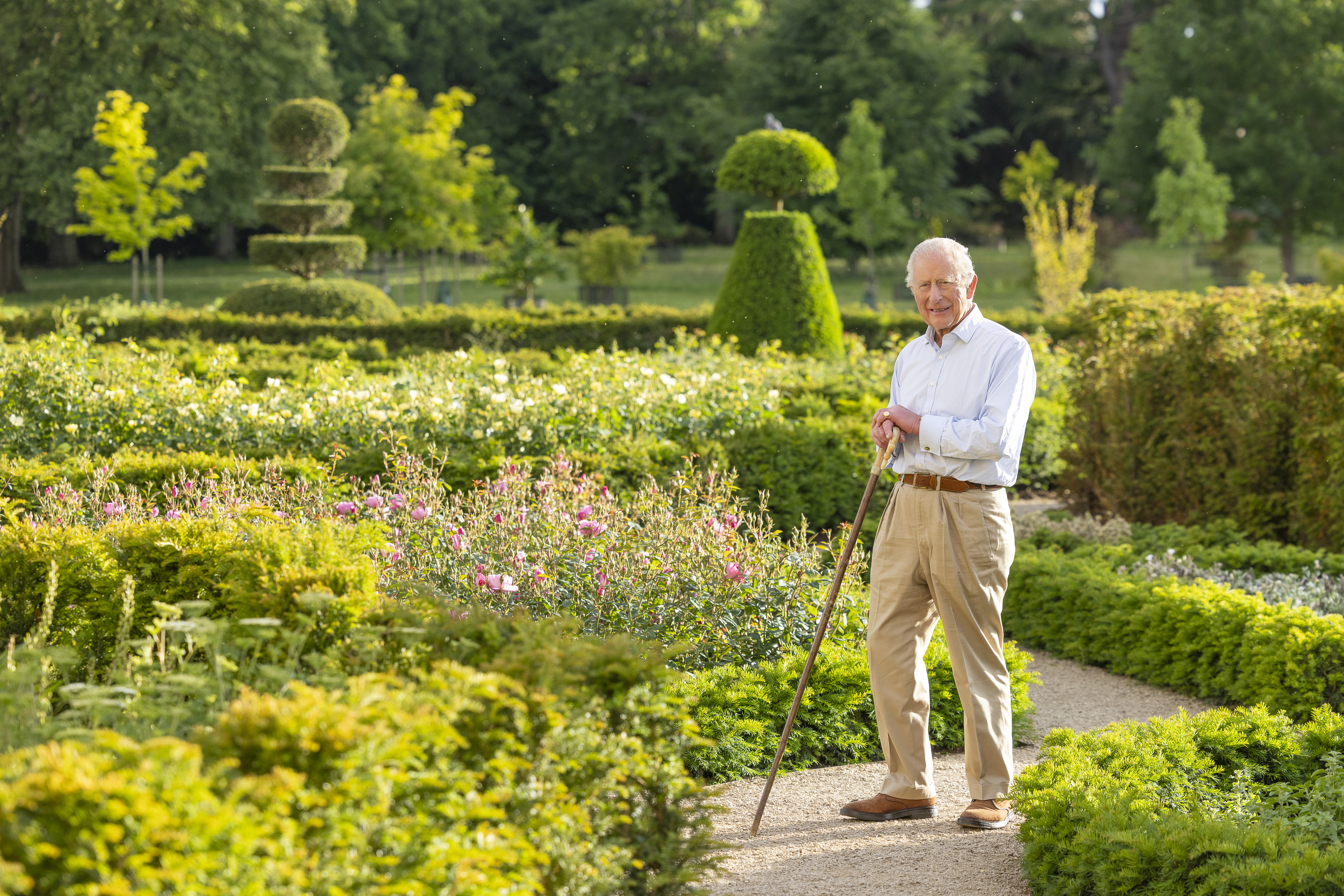 Exclusive: The King's remarkable resurrection of the gardens and parkland at Sandringham
Exclusive: The King's remarkable resurrection of the gardens and parkland at SandringhamThe King took over the running of the 21,000-acre Sandringham estate in 2017 — and in the last three years has transformed it beyond recognition.
-
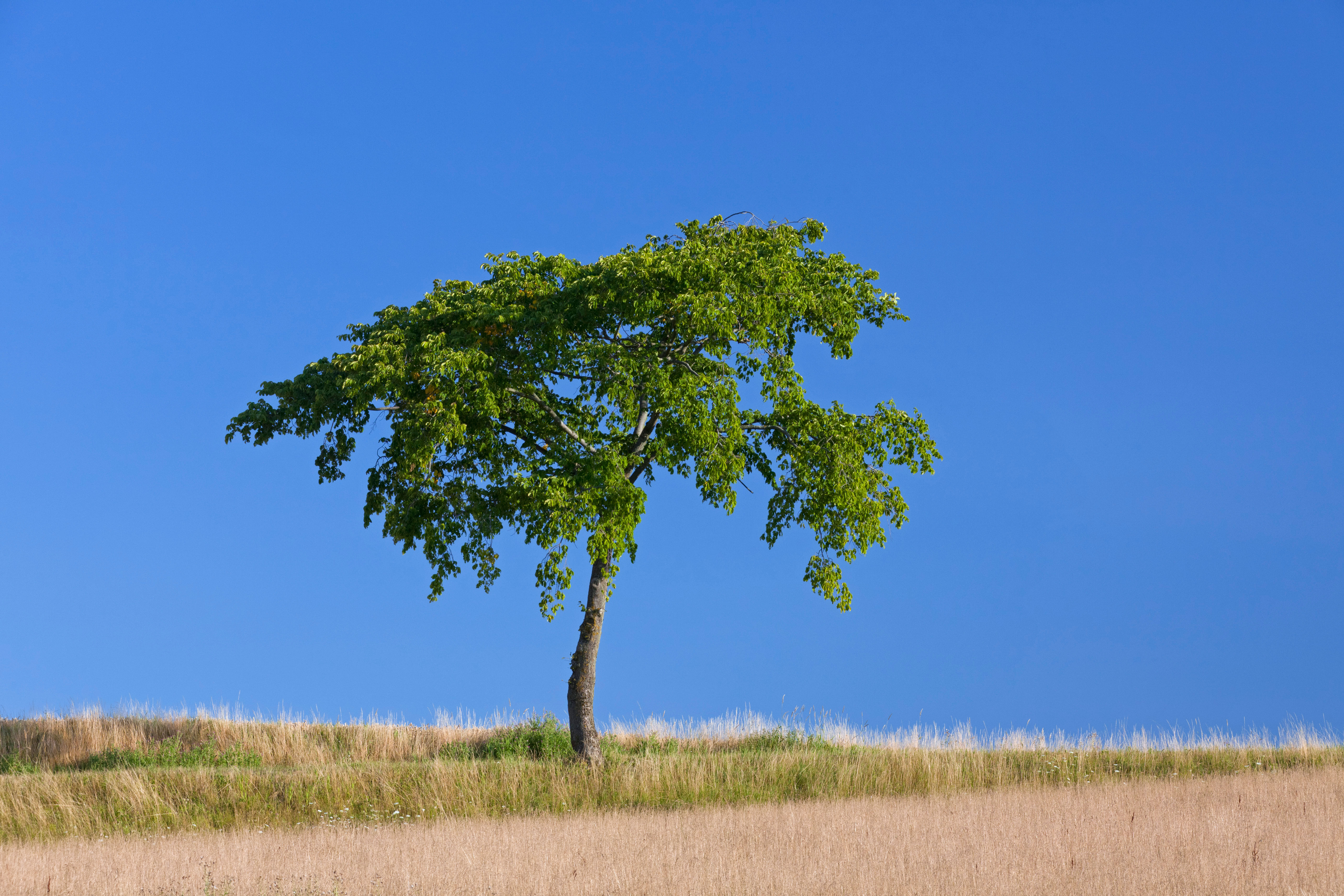 The trees that are as fine to eat as they are to look at
The trees that are as fine to eat as they are to look atMark Diacono doesn't grow many trees for the sake of the bounty they provide — but these are the notable exceptions.
-
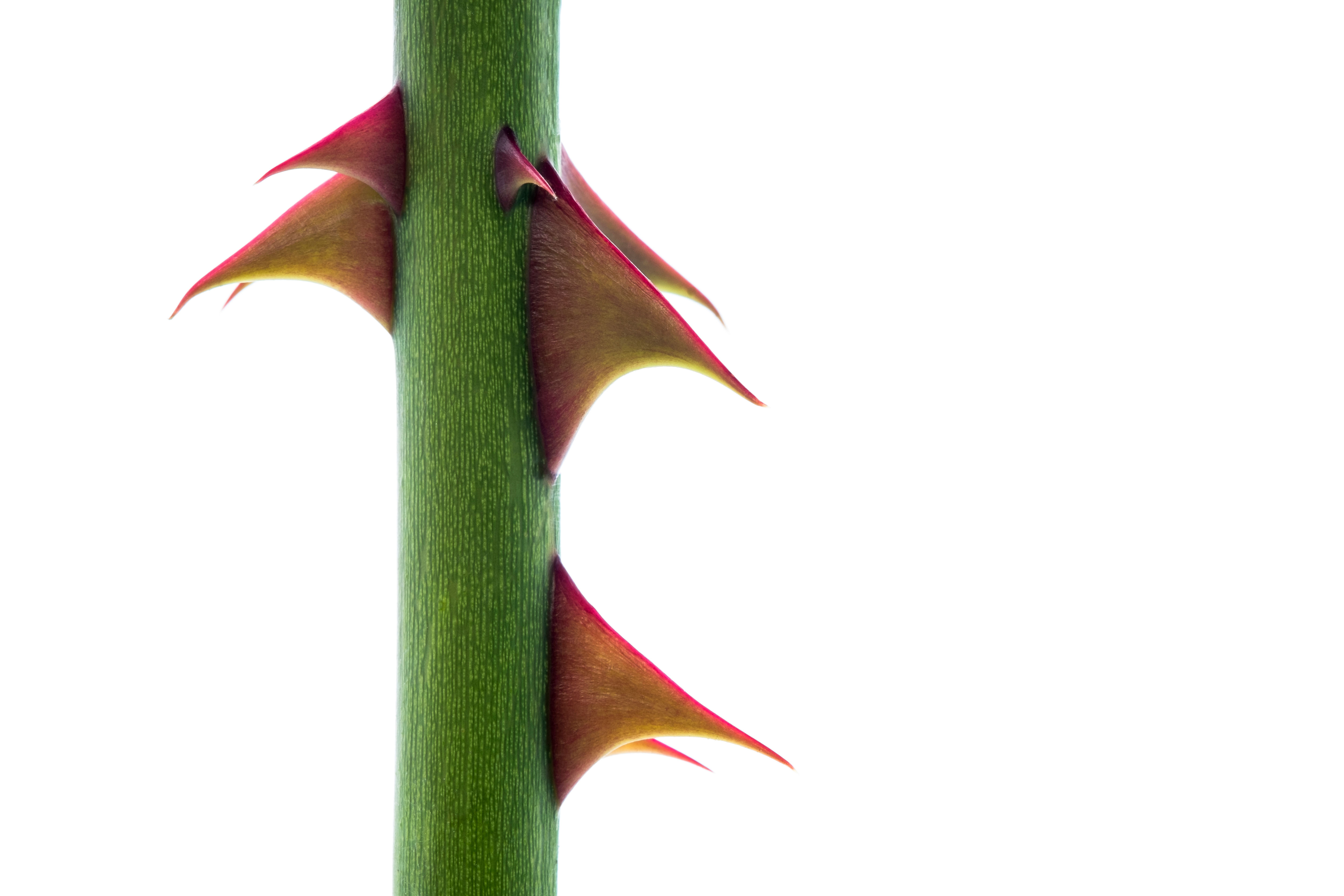 Bothered by brambles and snagged by sow thistles, but what is the point of all this thorny microaggression?
Bothered by brambles and snagged by sow thistles, but what is the point of all this thorny microaggression?Nature’s spiky deterrents — thorns, spines and prickles — may be quick to catch us out, but they can also prove to be a useful ally.
-
 The Tuscan gardens where the English and Italian traditions come together, and Yorkshire rhubarb grows happily beside spectacular citrus
The Tuscan gardens where the English and Italian traditions come together, and Yorkshire rhubarb grows happily beside spectacular citrusNick Dakin-Elliot, who gardens in Tuscany, is still moved by the Italian hilltop gardens that command some of the most beautiful views in the world.
